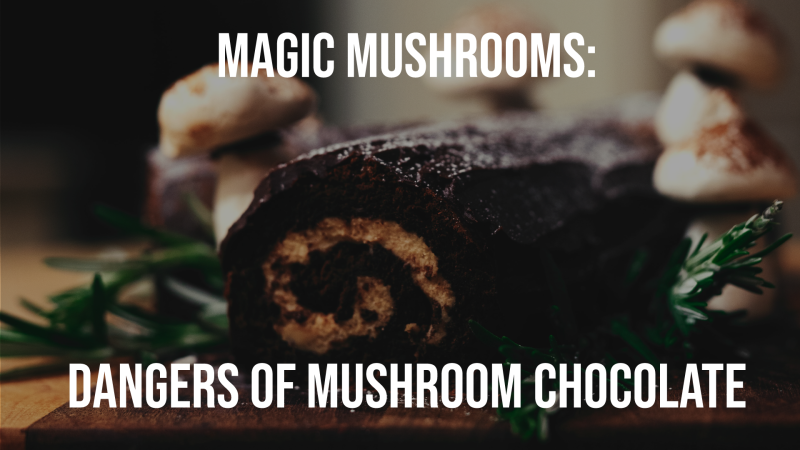Painting is one of humanity’s oldest and most revered art forms, dating back to prehistoric times. From the vivid cave abstract schilderij of Lascaux to the innovative abstract works of the 20th century, painting has continually evolved, reflecting the culture, emotions, and ideas of its time. This article explores the significance of painting, its various styles, and its impact on society and culture.
The Origins of Painting
The earliest evidence of painting comes from the cave paintings found in Lascaux, France, which are estimated to be around 17,000 years old. These ancient works are not only beautiful but also offer insight into the lives and beliefs of early humans. The subjects of these paintings—animals, handprints, and abstract symbols—suggest a blend of artistic expression and ritualistic significance.
Major Painting Styles and Movements
- Renaissance (14th–17th Century): The Renaissance marked a rebirth of classical art and a focus on realism and humanism. Artists like Leonardo da Vinci, Michelangelo, and Raphael employed techniques such as linear perspective and chiaroscuro to create lifelike representations. This period emphasized the importance of proportion, anatomy, and perspective in painting.
- Baroque (17th Century): Baroque art is characterized by dramatic lighting, intense emotion, and dynamic compositions. Caravaggio and Rembrandt are notable figures of this period, using their mastery of light and shadow to enhance the emotional depth and narrative quality of their works.
- Impressionism (19th Century): Impressionism broke away from traditional techniques, focusing instead on capturing the momentary effects of light and color. Artists like Claude Monet and Edgar Degas painted scenes en plein air (outdoors) to convey the fleeting nature of light and atmosphere.
- Modernism (20th Century): Modernism introduced a variety of new styles and approaches, including Cubism, Surrealism, and Abstract Expressionism. Pablo Picasso and Salvador Dalí pushed the boundaries of representation, exploring abstraction and the unconscious mind.
- Contemporary Art (21st Century): Contemporary painting continues to evolve, often blending traditional techniques with new media and concepts. Artists like Banksy use their work to comment on social and political issues, while others experiment with new materials and methods.
Techniques and Mediums
Painting techniques are as diverse as its styles. Traditional mediums include oil, watercolor, and acrylic paints, each with its own characteristics. Oil paint, for instance, allows for rich textures and detailed layering, while watercolor is valued for its translucency and fluidity. Acrylics are known for their versatility and quick drying time, making them popular among contemporary artists.
Techniques such as glazing, impasto, and sgraffito add depth and texture to paintings. Glazing involves applying thin layers of paint to create luminosity, while impasto involves building up thick layers of paint for a textured effect. Sgraffito, on the other hand, involves scratching through a layer of paint to reveal the layer beneath.
The Impact of Painting
Painting has always been more than just a visual experience; it is a means of communication and a reflection of societal values. It can document historical events, explore philosophical ideas, or evoke personal emotions. The impact of painting on society is profound, influencing everything from fashion and design to politics and culture.
Art movements often coincide with broader cultural shifts, reflecting and shaping public attitudes. For example, the Impressionists’ focus on everyday life and the beauty of nature challenged established norms and paved the way for modern art.
Conclusion
Painting remains a vital form of artistic expression, bridging the gap between past and present. Its ability to convey complex emotions and ideas through color, form, and texture ensures that it continues to captivate and inspire audiences around the world. Whether through the timeless beauty of a Renaissance masterpiece or the provocative statements of contemporary art, painting endures as a testament to human creativity and imagination.

